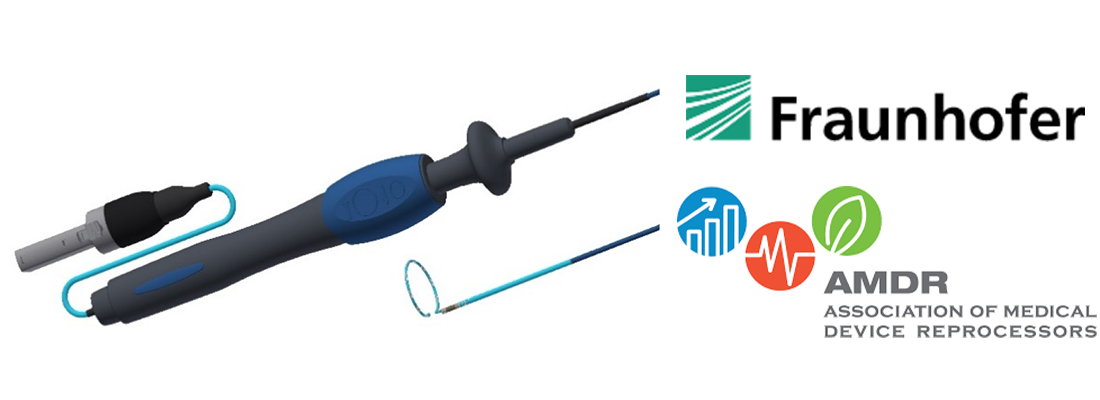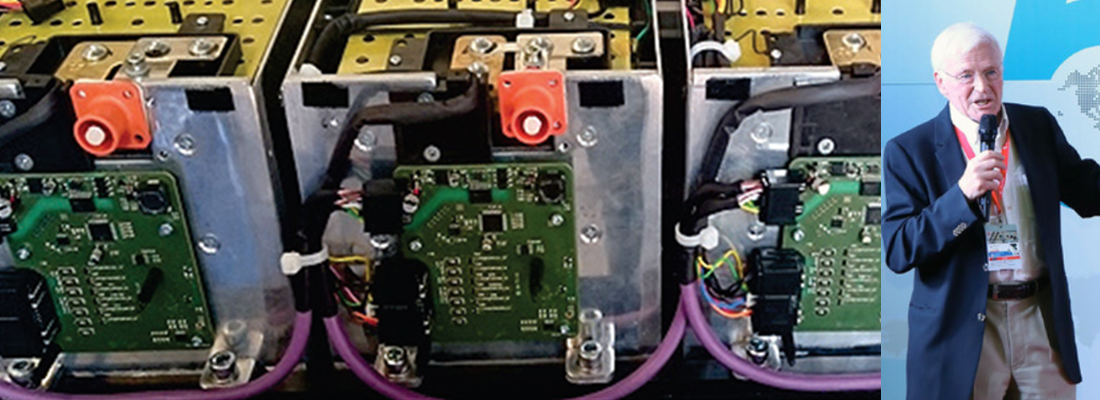Fraunhofer research shows Global Warming Impact cut in half by using remanufactured as an alternative to a newly-manufactured catheter
Healthcare as an industry is particularly wasteful and toxic. A study, conducted by Fraunhofer Institute for Environmental, Safety, and Energy Technology UMSICHT, which was published in Sustainability, is the first comprehensive LCA exploring the environmental impact of a remanufactured single-use medical device compared to the take-make-dispose use of single-use original devices.
Sustaining value after the end-of-life to improve products’ circularity and sustainability has attracted an increasing number of industrial actors, policymakers, and researchers. Medical products are considered to have great remanufacturing potential because they are often designated as single-use products and consist of various complex materials that cannot be reused and are not significant in municipal recycling infrastructure.
The remanufacturing of electrophysiology catheters is a well-established process guaranteeing equivalent quality compared to virgin-produced catheters. In order to measure if using a remanufactured product is environmentally beneficial compared to using a virgin product, life cycle assessment (LCA) is often used. However, focusing on one life cycle to inform on the environmental-beneficial use fails to guide policymakers from a system perspective. This study analyzes the environmental consequences of electrophysiology catheters considering two modeling perspectives, the implementation of LCA, including a cut-off approach and combining LCA and a circularity indicator measuring multiple life cycles.
Investigating the LCA results of using a remanufactured as an alternative to a newly-manufactured catheter shows that the global warming impact is reduced by 50.4% and the abiotic resource use by 28.8%. The findings from the system perspective suggest that the environmental savings increase with increasing collection rates of catheters.
“By avoiding the use of virgin materials, remanufacturing can reduce the environmental impacts of resource consumption and emissions, such as reducing abiotic resource use and the global warming impact (GWI)”, said Anna Schulte, M.S.c., Fraunhofer Institute for Environmental, Safety, and Energy Technology UMSICHT and lead study author to Global Banking & Finance Review. “Hospitals that want to reduce harmful environmental impact should strongly consider using remanufactured ‘single-use’ medical devices like the EP catheters we studied.”
Daniel J. Vukelich, President and CEO, Association of Medical Device Reprocessors adds, “This comprehensive LCA confirms what we’ve thought to be true – that remanufactured medical devices are significantly environmentally superior to the original device. These definitive environmental benefits, combined with the well documented financial and supply chain resiliency benefits of remanufactured devices make clear what EU Member States gain by opting into the EU MDR, and that hospitals already using remanufactured devices should double-down and expand their remanufacturing programmes.”
Share your remanufacturing stories with us
Do you have an innovation, research results or an other interesting topic you would like to share with the remanufacturing industry? The Rematec website and social media channels are a great platform to showcase your stories!
Please contact our Brand Marketing Manager.
Are you an Rematec exhibitor?
Make sure you add your latest press releases to your Company Profile in the Exhibitor Portal for free exposure.





